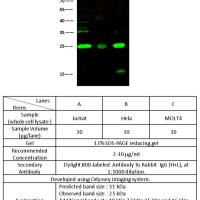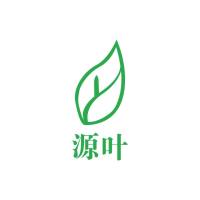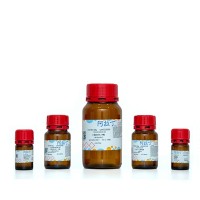Betanin Production and Release In Vitro from Suspension Cultures of Beta vulgaris
互联网
512
The diverse group of compounds known as plant secondary products includes many compounds with pharmaceutical activity (e.g., morphine, vincristine), fragrances, pigments, latex, enzymes, and carbohydrates (2). The commercial production of such plant secondary metabolites has, until recently, always been via the harvesting of field-grown plants followed by the extraction and/or direct utilization of the active principle(s). The proportion of the plant that is the active ingredient is invariably only a few percent of the total plant dry weight, (for example, the quinine content of Cinchona bark averages 6-14%) (2). Although annual crops are common for the production of such compounds, it is also often the case that the time required for field growth of a plant may be several years, 7-16 yr in the case of Cinchona, 5-7 yr in the case of the shikonin-yielding root of Lithospermum erythrorhizon (3). Field-grown crops are also subject to the vagaries of the weather, pests, diseases, and nutrient availability. These, with other biotic and abiotic factors (4), have combined to encourage the evaluation of in vitro systems for the production of plant secondary products as an economically sound alternative to conventional growth and processing systems.









